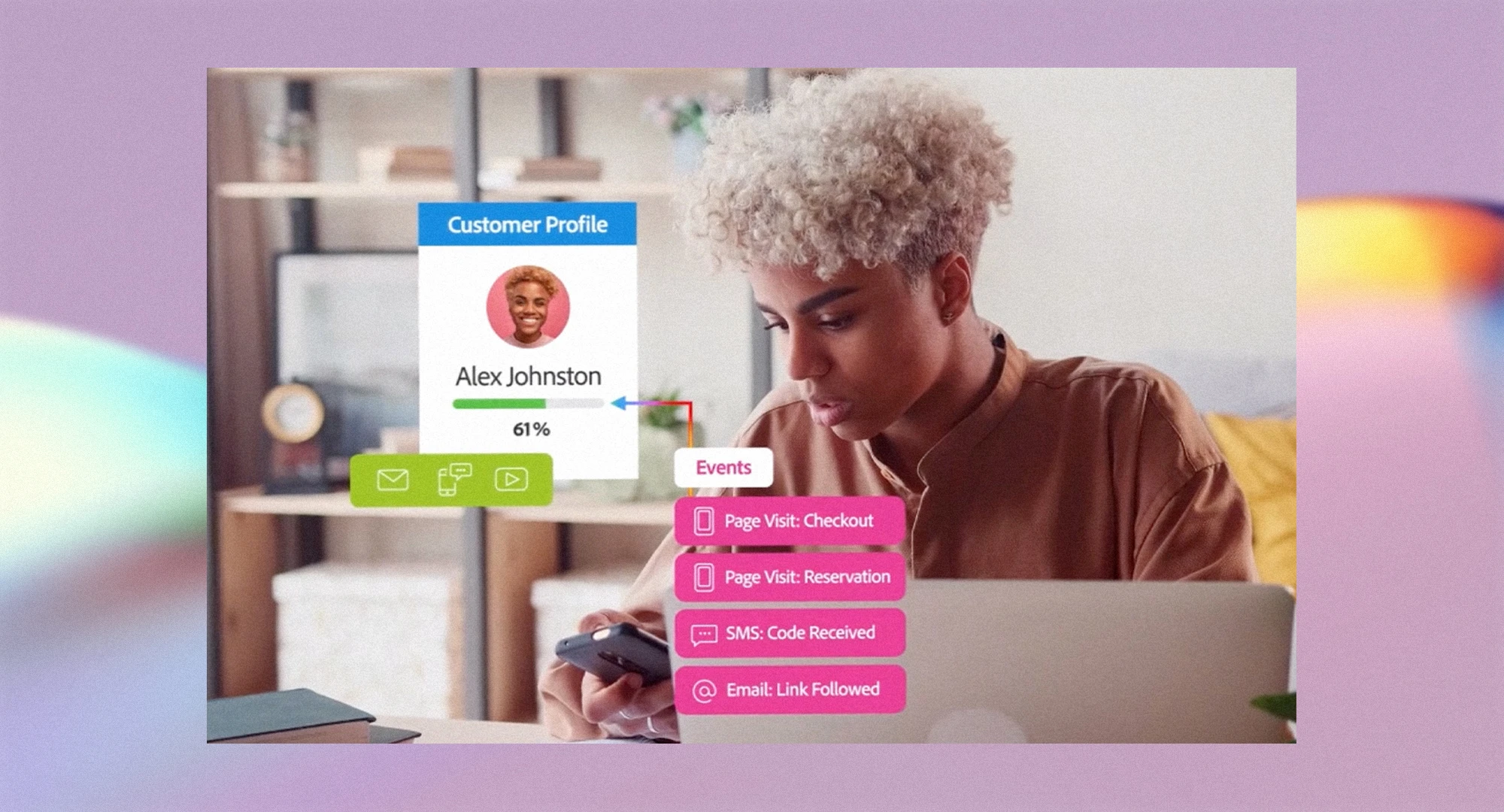
Top Adobe Implementation Partners to Work With - December 2025
Introduction
Over the past year, enterprise technology has evolved rapidly, placing greater emphasis on seamless integration across platforms. As companies navigate increasingly complex digital ecosystems, choosing the right Adobe implementation partner in December 2025 has become more critical than ever to drive performance and agility.
While many organizations are expanding internal digital teams, Adobe implementation partners remain essential for their specialized expertise, ability to address bandwidth constraints, and cost efficiency. In the following sections, we reveal the top 10 Adobe implementation partners in the world—firms trusted to deliver results at scale.
Top 10 Adobe Implementation Partners
1. G & Co.
A leading Adobe solution partner driving transformative digital integration across industries.
G & Co. delivers adobe experience platform implementation and adobe cloud experience through expert adobe consulting services, partnering with enterprise clients to integrate Experience Cloud adobe, streamline systems, and maximize impact with adobe implementation.
G & Co. is a minority business enterprise (MBE), as certified by the National Minority Supplier Development Council (NMSDC). If diversity inclusion is a part of your supplier process, contact us—we may be a great fit for your enterprise.

2. WEBCONSOL
A Montreal‑based Adobe solution partner specializing in Adobe Experience Manager for enterprise content projects.
WEBCONSOL excels in adobe experience platform implementation and adobe cloud experience, delivering AEM consulting services to large clients, accelerating content‑driven digital integration and system rollout.
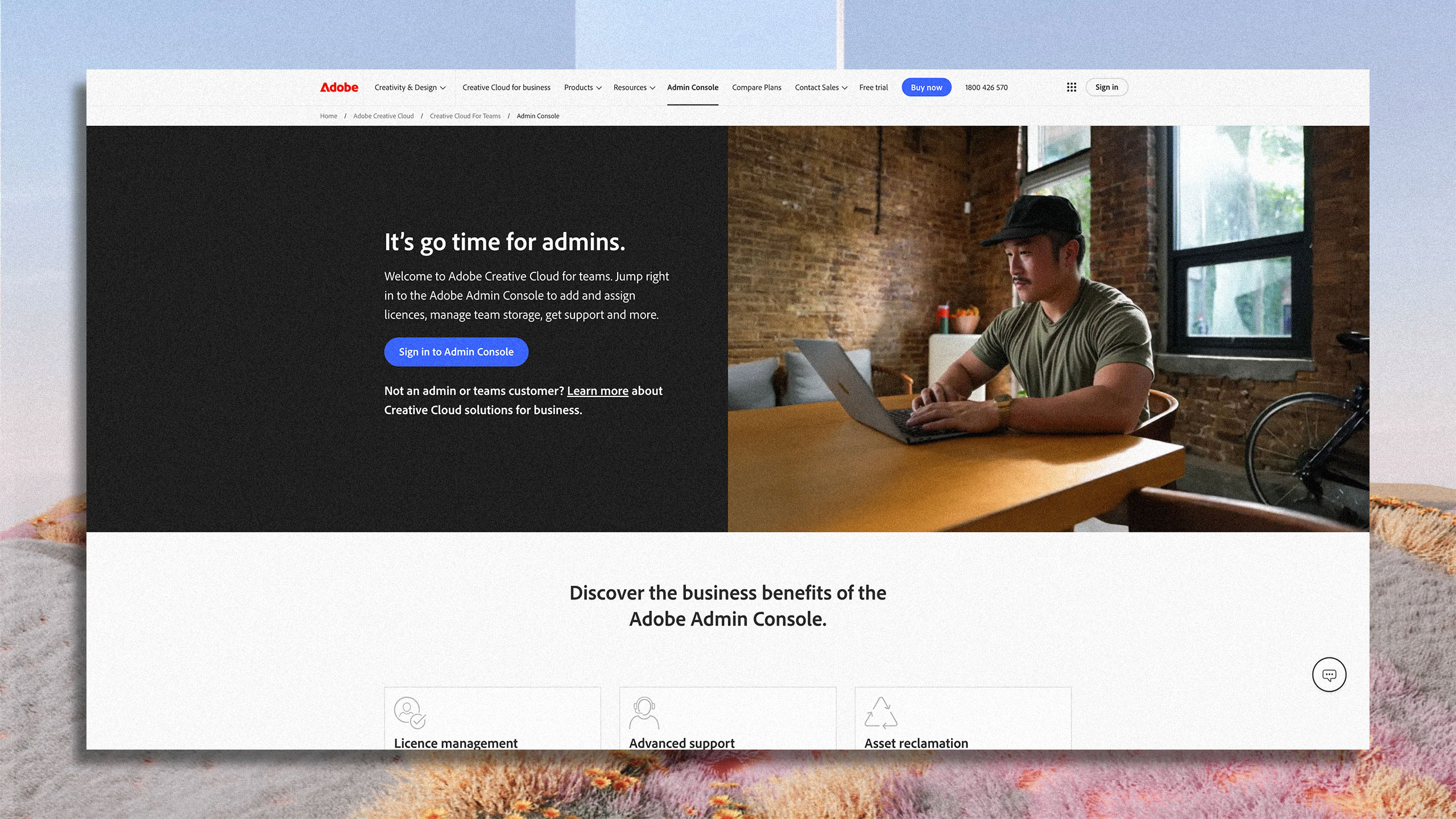
3. Oproma
A data‑centric tech firm focused on web migrations and content cleanup with Adobe Experience Manager.
Oproma offers adobe implementation expertise through adobe consulting by managing digital asset transformations and governance, working with enterprises needing structured content across platforms.
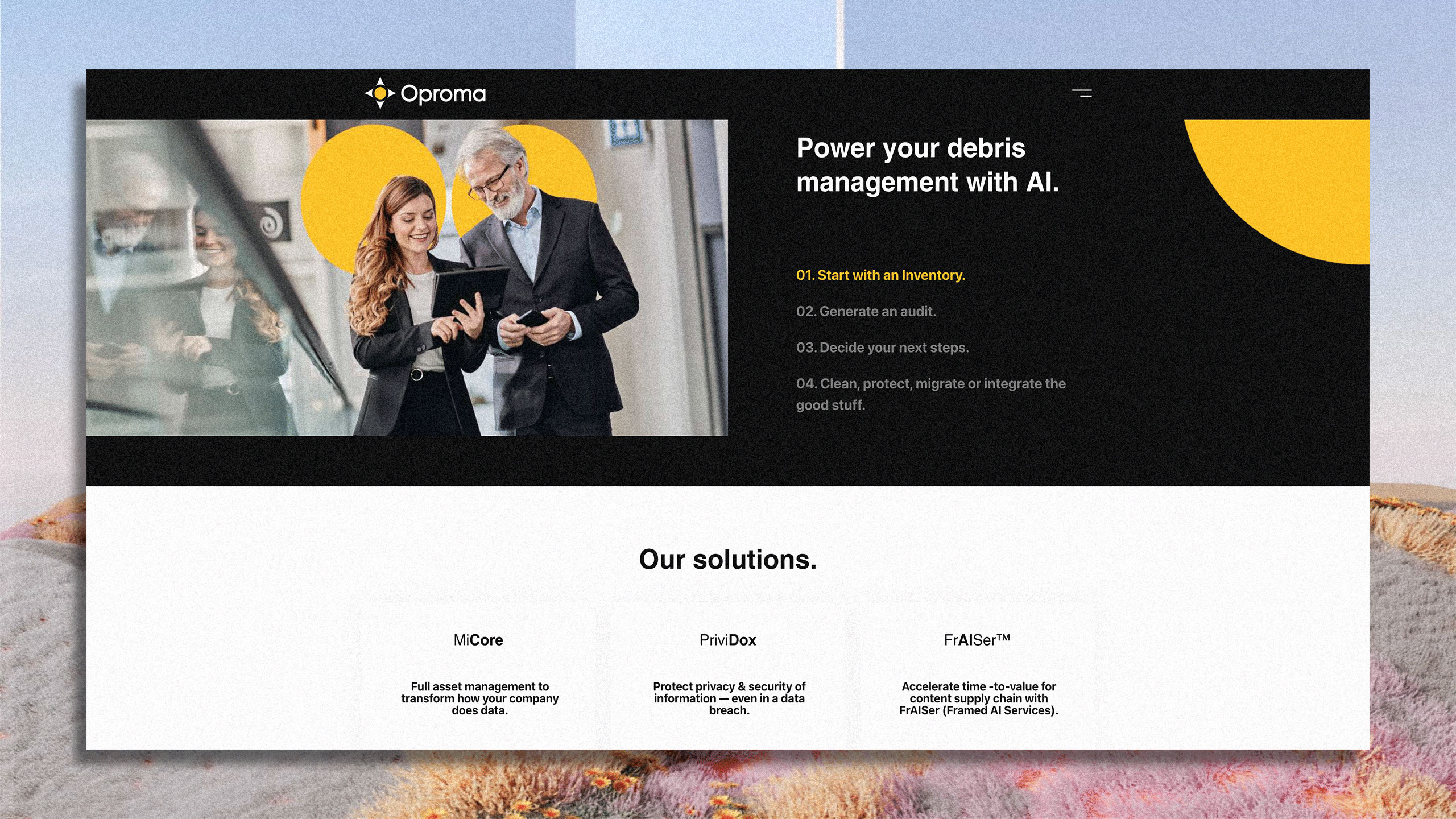
4. 4Point (Four Point Solutions)
A Gold Adobe solution partner delivering end‑to‑end AEM and managed services for clients.
4Point drives adobe experience platform implementation and adobe consulting services across enterprise architectures, known for large‑scale deployments and solution delivery in Adobe Experience Cloud adobe software partner engagements.
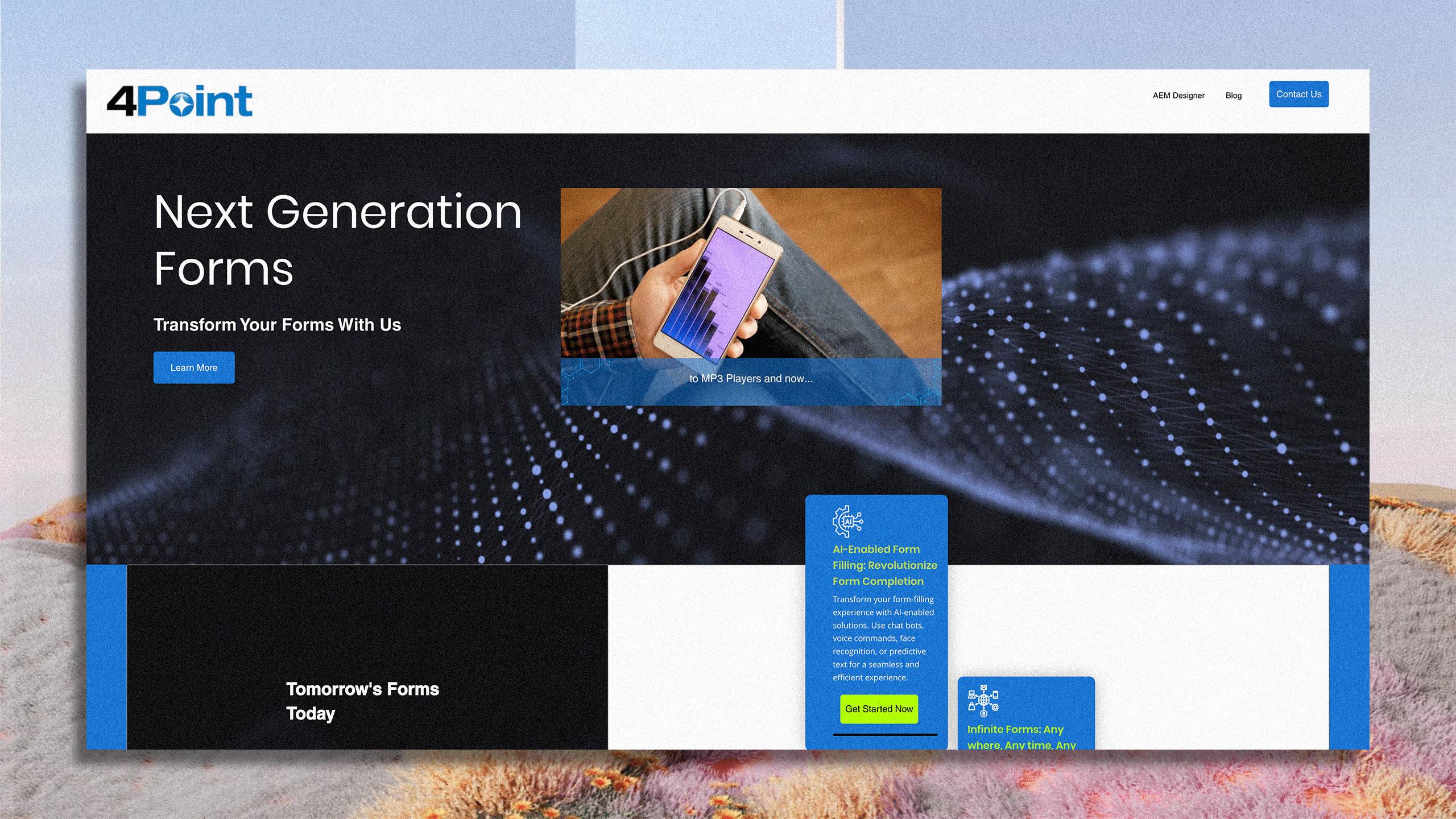
5. Further
A North America‑based Adobe consulting partner with deep experience in Experience Platform and Analytics.
Further leads in adobe experience platform implementation and adobe consulting, especially adobe experience platform and analytics; they’ve served clients like those in healthcare and financial services, renowned for data collection and tag‑management innovation.
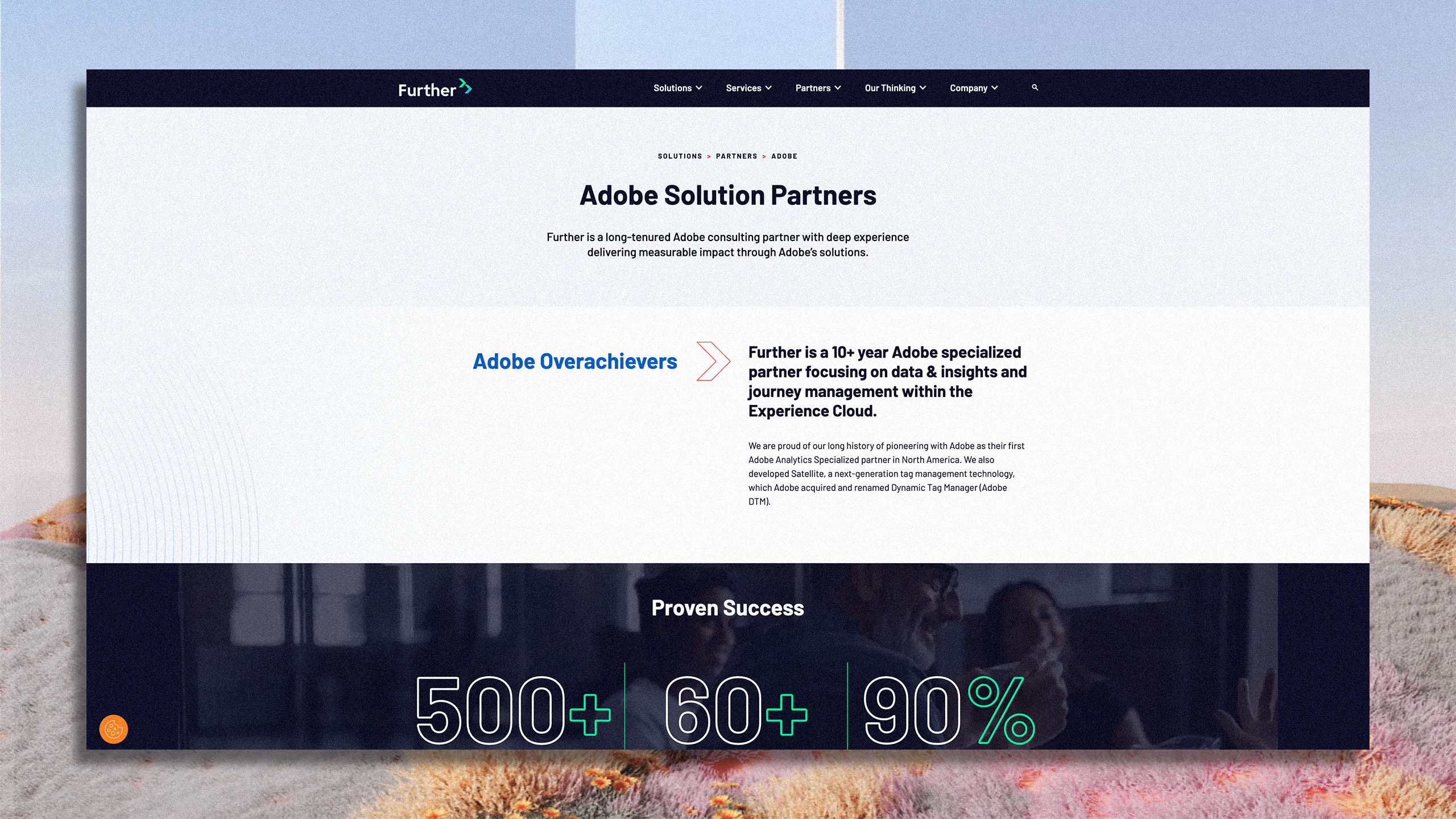
6. Credera
A global Adobe software partner and Platinum solution partner with specialists across Adobe Experience Cloud.
Credera combines adobe cloud experience, adobe solution partner expertise, and adobe consulting services to drive enterprise‑scale real‑time CDP and personalized Adobe Experience Platform implementations.
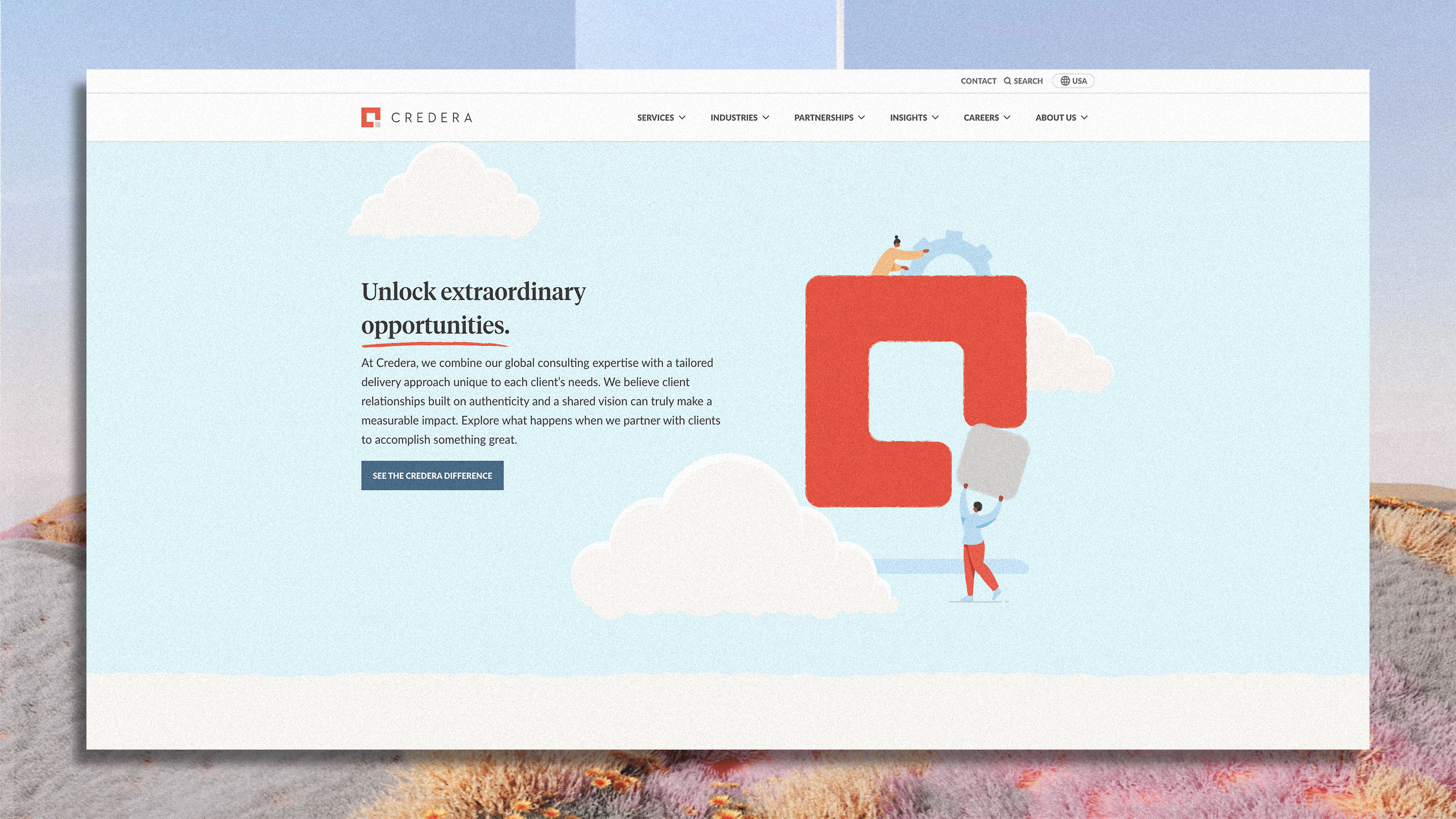
7. Slalom
A trusted Adobe consulting services firm delivering data‑driven transformation with Adobe Experience Cloud.
Slalom provides adobe experience platform implementation and adobe implementation through adobe consulting services, working with global brands on analytics, digital asset management, and modular deployment.
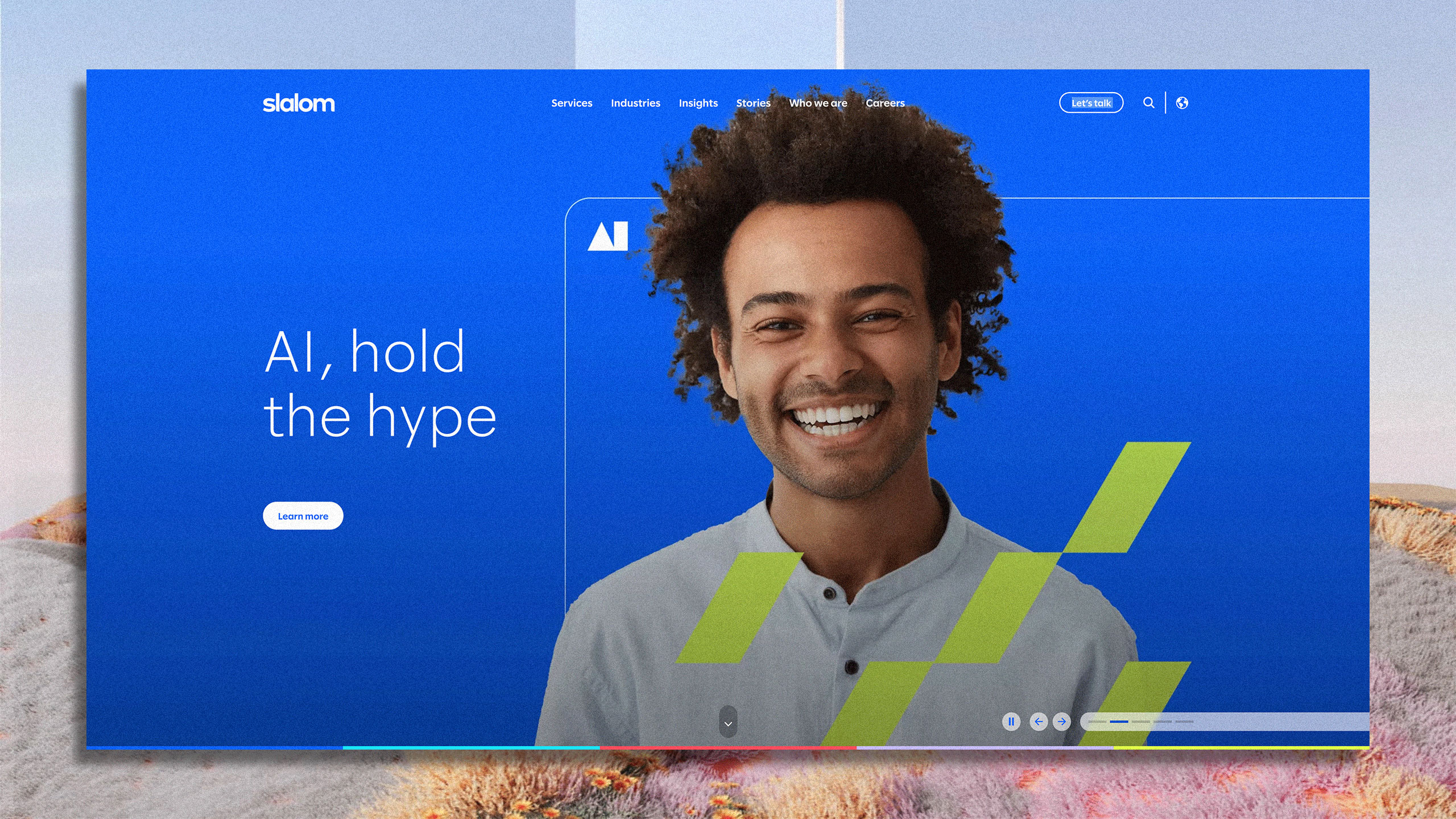
8. Adswerve
A Gold Adobe analytics partner enabling advanced Customer Journey Analytics with high ROI.
Adswerve offers adobe analytics implementation and adobe consulting services, working with clients like Cedars‑Sinai to deliver adobe customer journey analytics and analytics software partner integrations.
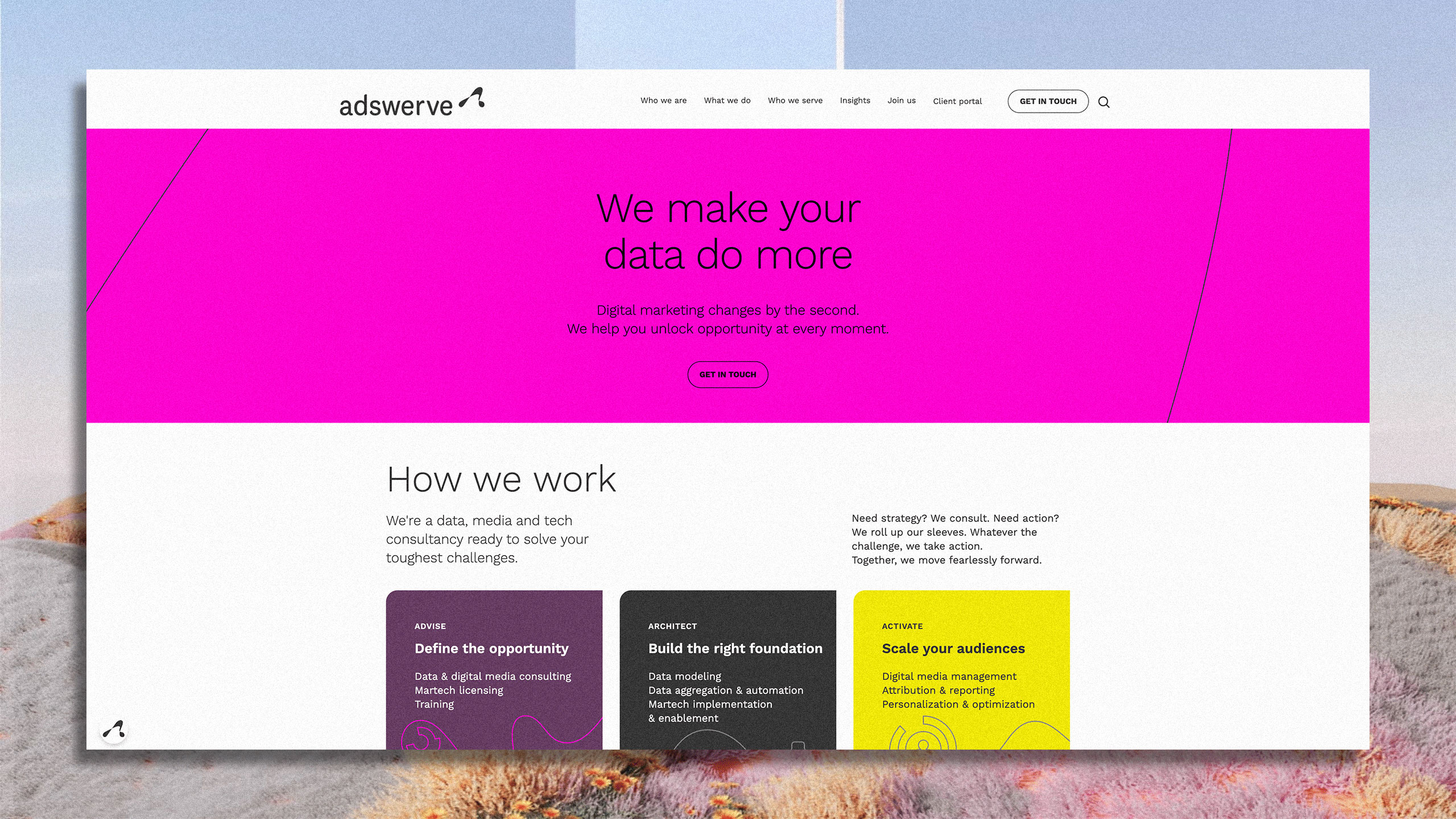
9. Conexio Group
A specialized Adobe Solution Partner offering scalable CXM implementations, real-time CDP, AEM, Adobe Analytics, Campaign, Target, and Marketo. Recognized as the 3rd company globally to earn Adobe Real-Time CDP specialization.
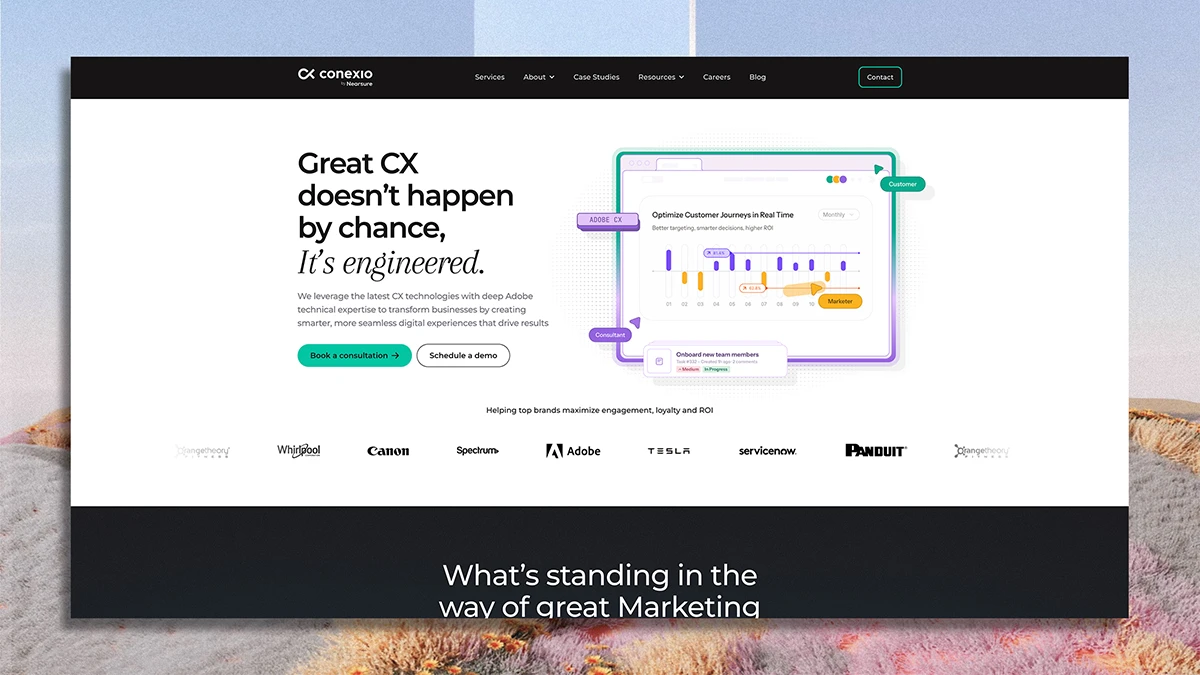
10. Merkle
A global Adobe services powerhouse combining consultancy with Adobe Experience Platform and identity integration.
Merkle delivers adobe consulting services and adobe experience platform implementation at scale, leveraging its 650+ cloud technologists to transform enterprise CX across data, personalization, and content.
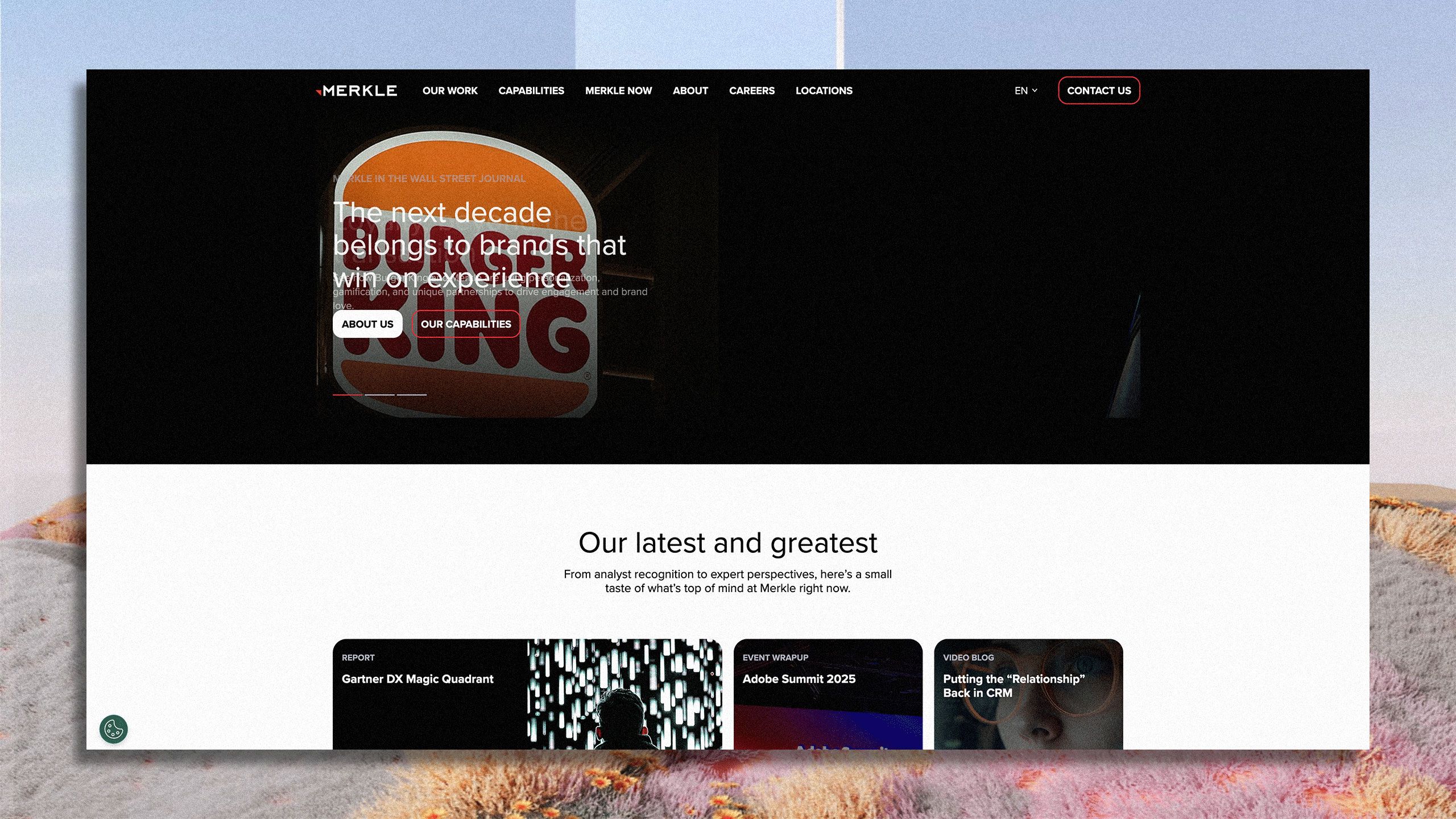
Let’s kickstart the conversation and design stuff people will love.

What Is Enterprise Technology and Integration?
Enterprise technology and integration refer to the systems, platforms, and processes that enable large organizations to operate efficiently and cohesively across departments, geographies, and customer touchpoints. This includes technologies such as customer relationship management (CRM), enterprise resource planning (ERP), content management systems (CMS), data platforms, and cloud infrastructures. Integration involves connecting these technologies—often from different vendors—so that data flows seamlessly, workflows are automated, and operations are unified. A well-integrated enterprise tech stack reduces redundancy, enhances data visibility, and supports real-time decision-making, forming the digital backbone of modern business operations.
How Does Enterprise Technology and Integration Work?
Enterprise technology and integration function through the structured deployment and orchestration of digital systems that enable interoperability across platforms, applications, and business units. This typically involves middleware, APIs, data pipelines, and automation layers that connect disparate systems—such as marketing platforms, sales tools, and financial software—into a cohesive digital ecosystem. Strategic planning, architecture design, and phased implementation ensure that technology investments align with organizational goals while minimizing disruption. The result is a connected infrastructure that supports scalable operations, accelerates time-to-market, and allows enterprises to respond swiftly to changing customer and market demands.
What Is an Adobe Implementation Partner?
An Adobe implementation partner is a certified consulting firm or technology provider that specializes in deploying, integrating, and optimizing Adobe Experience Cloud solutions for enterprise clients. These partners possess deep expertise in adobe experience platform implementation, data architecture, personalization, content management, and analytics. Their role spans technical setup, system integration, custom development, and strategic enablement, ensuring that Adobe’s solutions are effectively tailored to the client’s digital strategy. Adobe implementation partners bridge the gap between software capabilities and business outcomes, enabling enterprises to unlock the full value of adobe cloud experience technologies through scalable, end-to-end deployments.
Choosing the right Adobe implementation partner is not just about technical deployment—it’s about securing a strategic ally capable of navigating the complexities of enterprise technology and integration. From aligning Adobe Experience Cloud solutions with business objectives to orchestrating seamless data and system integration, top Adobe implementation partners bring a blend of deep platform expertise, industry insight, and executional rigor. The following section outlines the core capabilities that distinguish leading partners and demonstrates how they enable enterprises to transform digital operations, accelerate adoption, and drive measurable outcomes at scale.
What Services Do Adobe Implementation Partners Provide?
Adobe Experience Platform Implementation
Adobe implementation partners lead the end-to-end deployment of Adobe Experience Platform (AEP), ensuring that enterprise data sources are unified into a single, real-time customer profile. This involves defining data schemas, ingesting first- and third-party data, configuring identity stitching, and enabling activation across marketing channels. Partners also ensure that AEP integrates seamlessly with existing martech stacks, providing governance, security, and scalability throughout the process. The result is a centralized, intelligent data infrastructure that powers personalized experiences at scale.
Adobe Experience Manager (AEM) Deployment
An Adobe implementation partner supports clients in deploying Adobe Experience Manager for content and asset management across digital channels. This includes setting up authoring environments, creating reusable components, enabling dynamic content delivery, and integrating AEM with commerce and personalization engines. Partners also offer governance frameworks, performance optimization, and global rollout support, allowing enterprises to manage content with agility and consistency across markets.
Adobe Real-Time CDP Integration
Adobe implementation partners configure and activate Real-Time CDP to help clients build unified customer profiles and audience segments based on real-time behavioral and transactional data. Services include data ingestion from multiple sources, consent management setup, identity resolution, and audience activation across paid media, owned channels, and CRM platforms. Partners also help enterprises operationalize Real-Time CDP use cases such as personalization, churn mitigation, and omnichannel orchestration.
Adobe Analytics Implementation
Implementation partners deploy Adobe Analytics to give organizations deep visibility into user behavior, marketing performance, and content effectiveness. Services include tag management setup (often via Adobe Launch), custom report creation, event tracking, and integration with AEM, Adobe Target, and third-party platforms. Partners also assist with dashboard design and advanced segmentation to ensure analytics drive data-informed decision-making across the enterprise.
Adobe Target and Personalization Strategy
Adobe implementation partners configure and optimize Adobe Target to enable A/B testing, multivariate testing, and AI-driven personalization. They help define testing hypotheses, develop targeting rules, integrate customer segments, and operationalize automated personalization strategies. This service empowers enterprises to improve customer engagement and conversion through experimentation and real-time content adjustments across digital properties.
Adobe Campaign Setup and Automation
Adobe partners implement Adobe Campaign to orchestrate cross-channel marketing efforts, enabling clients to manage email, SMS, push notifications, and more from a centralized platform. Services include campaign design, audience segmentation, workflow automation, and performance tracking. Implementation partners also integrate Adobe Campaign with AEP, CRM systems, and ecommerce platforms to ensure cohesive, responsive customer journeys.
System Integration and API Development
To ensure Adobe solutions work seamlessly within a client’s broader digital ecosystem, Adobe implementation partners provide system integration and custom API development services. This includes connecting Adobe tools to CRM, ERP, commerce platforms, data warehouses, and other third-party applications. Integration services enable real-time data sharing, streamline workflows, and ensure a consistent experience across all touchpoints.
Data Strategy and Architecture
Adobe partners advise on data governance, taxonomy, and architecture to ensure clients extract full value from Adobe Experience Cloud investments. This includes auditing existing data structures, designing scalable schemas, and implementing consent-compliant data collection frameworks. A strong data foundation enables accurate insights, effective personalization, and future-proofed martech operations.
Training and Change Enablement
An essential part of Adobe implementation is equipping internal teams to manage and scale the technology post-deployment. Adobe partners offer structured training programs, documentation, and ongoing support to upskill client teams. They also provide change management services that promote platform adoption, reduce operational friction, and embed new capabilities into daily workflows.
Ongoing Optimization and Managed Services
Beyond initial deployment, Adobe implementation partners provide continuous optimization and managed services to ensure platforms evolve with business needs. This includes performance monitoring, platform upgrades, new feature implementation, and strategic roadmapping. Managed services allow enterprises to maintain momentum and maximize ROI from their Adobe Experience Cloud investments over time.
How Long Does a Technology and Integration Implementation Engagement Take to Complete?

Understanding the timeline of an Adobe implementation is critical for setting clear expectations and aligning internal resources. While timelines vary based on the complexity of the solution, scope of integration, and organizational readiness, experienced Adobe implementation partners follow structured phases to ensure efficiency and minimize disruption. From discovery and architecture planning to configuration, testing, and deployment, each stage is carefully managed to deliver value at speed without sacrificing quality. The following section breaks down typical implementation durations and the factors that influence how long an engagement takes to complete.
Scope and Complexity of the Solution
The broader and more complex the Adobe Experience Cloud deployment, the longer the implementation timeline. Projects involving multiple Adobe products—such as AEM, Adobe Analytics, and Real-Time CDP—require significant planning, cross-platform coordination, and custom configuration. Clients should expect longer timelines when the solution involves integrating multiple business units, custom workflows, or a high degree of personalization and automation. A focused implementation of a single product with limited customization can often be delivered in a few months, while enterprise-wide transformations may extend well beyond six months.
Data Readiness and Quality
Data is foundational to any Adobe implementation, and its condition can significantly impact the timeline. Clean, well-organized, and centralized data allows partners to move quickly through ingestion and configuration phases. However, fragmented, outdated, or siloed data sources require extensive mapping, cleansing, and validation, which can delay progress. Clients should anticipate additional time if identity resolution, consent frameworks, or schema reconfiguration are needed before Adobe Experience Platform or Real-Time CDP can be fully activated.
Integration with Existing Systems
Adobe Experience Cloud solutions are rarely deployed in isolation—they must work in tandem with existing CRMs, ERPs, ecommerce platforms, data warehouses, and other internal systems. The time required to build and test these integrations depends on system compatibility, API availability, and the maturity of the client’s IT architecture. Complex environments or legacy systems without pre-built connectors typically require custom development, which adds time to the project lifecycle.
Stakeholder Alignment and Decision-Making
Timely input and approvals from internal stakeholders are critical to keeping the implementation on track. When cross-functional teams (marketing, IT, legal, operations) are aligned and responsive, partners can move quickly through design and build phases. Delays often arise when there are unclear roles, competing priorities, or bottlenecks in governance or sign-off processes. Adobe implementation partners often recommend dedicated internal project owners and steering committees to accelerate alignment and decision-making.
Internal Resourcing and Bandwidth
The level of internal support available from the client can either accelerate or slow down a deployment. While Adobe partners handle the bulk of technical execution, internal teams are still needed for providing access, reviewing configurations, testing functionality, and leading change management. Limited client-side bandwidth—whether due to other IT projects or lean staffing—can extend timelines, particularly during UAT (user acceptance testing) and training phases.
Customization Requirements
The more tailored the solution, the more time is required for development, testing, and refinement. Standard out-of-the-box Adobe Experience Cloud capabilities can often be implemented on a defined, repeatable timeline. However, if the client requires highly specific business rules, custom components, unique workflows, or bespoke reporting dashboards, these features must be designed, built, and validated from scratch—adding additional layers to the project plan.
Regulatory and Compliance Considerations
For organizations in regulated industries such as healthcare, finance, or insurance, implementations must account for additional layers of compliance, data privacy, and security requirements. This may involve legal reviews, consent management setup, secure environments, and extensive audit trails—all of which increase complexity and duration. Adobe implementation partners typically factor in extra time for validation, documentation, and approval processes in these environments.
Testing, QA, and Optimization Cycles
Thorough testing is essential to ensure Adobe Experience Cloud products function correctly across systems and channels. Implementation partners typically build in multiple cycles of quality assurance, user testing, and performance tuning. This includes testing data flows, personalization logic, content rendering, campaign triggers, and analytics accuracy. Clients should plan for sufficient time between development and launch to resolve issues, fine-tune experiences, and ensure a seamless go-live.
Rollout Strategy (Phased vs. Big Bang)
The chosen rollout strategy plays a major role in determining the overall timeline. A phased approach—where Adobe capabilities are released gradually across teams, geographies, or business units—offers lower risk and smoother adoption but extends the total duration. A big bang approach, where all features are launched simultaneously, can shorten time to value but requires greater coordination, readiness, and testing upfront. Adobe implementation partners help clients weigh these options based on risk tolerance, internal capabilities, and business priorities.
Post-Launch Support and Iteration
Engagements often continue beyond initial deployment to account for performance monitoring, enhancements, and new use case activation. Clients should understand that implementation doesn’t end at go-live—adoption, iteration, and continuous optimization are critical to long-term success. Adobe implementation partners typically stay engaged through managed services or support retainers, and these post-launch activities should be factored into the total engagement timeline.
How Adobe Implementation Partners Price Their Work
Understanding the cost of working with an Adobe implementation partner is essential for making informed investment decisions and setting realistic budget expectations. Pricing can vary significantly based on the complexity of the project, the number of Adobe Experience Cloud products involved, the level of customization required, and the duration of the engagement. While Adobe licenses are typically procured separately, implementation costs reflect the strategic planning, technical expertise, and ongoing support needed to ensure successful deployment and integration. The following section breaks down the key factors that influence pricing and what prospective clients should expect when engaging an Adobe implementation partner.
Project Scope and Complexity
The broader and more complex the implementation, the higher the pricing. Adobe implementation partners assess the number of Adobe Experience Cloud products being deployed, the depth of required integration, and the degree of business process alignment. Projects involving enterprise-scale deployments, multiple regions, or advanced personalization and automation strategies demand more resources and longer timelines, which directly increases the overall engagement cost.
Number of Adobe Products Involved
Pricing is often influenced by the number of Adobe Experience Cloud solutions a client is looking to implement. Deploying a single solution like Adobe Analytics or Adobe Target is less resource-intensive than integrating Adobe Experience Platform, Adobe Real-Time CDP, and Adobe Campaign concurrently. Each additional product requires dedicated configuration, testing, and integration, contributing to increased partner hours and overall cost.
Level of Customization Required
Out-of-the-box implementations are generally more cost-efficient, while customized builds require significant design, development, and QA time. Clients that need bespoke components, tailored workflows, custom reporting dashboards, or integrations with proprietary systems should expect higher implementation fees. Adobe implementation partners price these engagements based on the amount of custom development and the specialized skill sets required to support them.
Duration of the Engagement
Longer engagements typically result in higher total costs, as they require sustained resource allocation from the implementation partner. Projects that span six months or more—often due to phased rollouts, complex testing cycles, or multi-market launches—will be priced accordingly. Some partners also offer milestone-based billing or retainers for multi-phase deployments, which are structured to reflect the timeline and intensity of the work involved.
Resource Allocation and Expertise
The level and mix of talent assigned to a project directly impacts pricing. Engagements that require senior architects, solution strategists, or data scientists are billed at higher rates than those staffed primarily with junior consultants or developers. Adobe implementation partners often tailor their team structure to match project demands, and pricing reflects both the expertise and availability of these specialized resources.
Integration Requirements
If the Adobe Experience Cloud needs to be integrated with complex third-party systems—such as legacy CRM platforms, ecommerce engines, or internal data warehouses—the implementation partner must allocate time for custom API development, testing, and troubleshooting. These activities increase technical complexity and extend project hours, which are factored into the pricing model.
Support and Post-Launch Services
Many Adobe implementation partners provide optional managed services or support retainers following go-live. These services can include performance monitoring, troubleshooting, optimization, and enhancements. While some clients prefer to handle maintenance in-house, those who retain the partner for ongoing support will see those services reflected in the total cost or billed as a separate line item.
Training and Change Management
Pricing may also include the design and delivery of training programs, documentation, and change enablement initiatives. These services are critical for ensuring internal adoption and long-term success but add to the implementation scope. Partners may price training as a one-time package or offer it as part of a broader enablement retainer depending on client needs.
Geographic Scale and Deployment Model
Global or multi-region implementations often cost more due to the need for localization, compliance adjustments, and coordination across time zones. Additionally, projects that require both centralized and decentralized deployment models demand more planning and support from the implementation partner, which increases the associated service fees.
Why Hire an Adobe Implementation Partner
Implementing Adobe Experience Cloud technologies is a complex, high-stakes initiative that requires more than just technical setup—it demands strategic alignment, deep platform knowledge, and seamless integration across systems. Adobe implementation partners bring the specialized expertise, tools, and experience needed to translate business goals into scalable digital solutions. Whether launching Adobe Experience Platform, activating real-time personalization, or integrating with existing enterprise systems, working with a certified partner ensures faster time-to-value, reduced risk, and long-term success. The following section outlines the key reasons why partnering with an Adobe expert is critical for unlocking the full potential of Adobe’s ecosystem.
Platform Expertise
Adobe implementation partners possess in-depth knowledge of Adobe Experience Cloud products, ensuring configurations, integrations, and deployments are executed with precision. Their certified teams are trained to handle complex platform features—such as Real-Time CDP, Adobe Analytics, AEM, and Adobe Target—reducing the learning curve and avoiding costly missteps. By leveraging proven methodologies and hands-on experience, partners help businesses fully capitalize on Adobe’s capabilities from day one.
Faster Time-to-Value
Partnering with an Adobe implementation specialist accelerates the path from initial planning to full deployment. These partners use repeatable frameworks, automation tools, and pre-configured modules that streamline implementation timelines and reduce delays. Their ability to quickly align Adobe solutions with business needs allows enterprises to activate campaigns, gain insights, and drive measurable outcomes significantly faster than if done internally or with less specialized vendors.
Seamless System Integration
Adobe implementation partners bring deep integration experience, enabling Adobe Experience Cloud to function seamlessly within complex enterprise ecosystems. They connect Adobe platforms with CRM, ERP, ecommerce, and third-party tools to ensure unified customer data, streamlined workflows, and end-to-end visibility. This integration expertise ensures Adobe solutions enhance, rather than disrupt, existing business operations.
Strategic Alignment with Business Goals
Top implementation partners don’t just execute technology—they align digital infrastructure with broader business objectives. From personalization strategies to data-driven marketing frameworks, partners work alongside stakeholders to ensure every component of the Adobe stack supports long-term growth, operational efficiency, and customer experience goals. This strategic alignment leads to more purposeful implementations and higher ROI.
Bandwidth and Resource Support
Many organizations lack the internal bandwidth or technical depth to manage a full-scale Adobe deployment. Implementation partners supplement in-house teams with specialized resources, including solution architects, developers, and analysts, to ensure every stage of the project is adequately supported. This model helps clients stay focused on core operations while scaling digital capabilities through expert execution.
Customization and Scalability
Adobe implementation partners tailor solutions to each client’s unique requirements—whether it’s building custom components in AEM, developing personalized workflows in Adobe Target, or creating advanced reporting in Adobe Analytics. Their ability to customize Adobe Experience Cloud ensures the technology scales with business needs and adapts to changing customer demands over time.
Risk Reduction and Compliance
Experienced Adobe partners follow best practices, governance frameworks, and industry standards to minimize risk during implementation. From managing data privacy requirements to avoiding downtime during system rollouts, they proactively mitigate issues that could compromise business continuity or compliance. This is particularly important for enterprises operating in regulated industries or managing sensitive customer data.
Ongoing Support and Optimization
Partnerships often extend beyond the initial launch to include continuous improvement, support, and training. Adobe implementation partners provide performance monitoring, regular updates, and strategic guidance to evolve the platform as business needs shift. This long-term engagement helps enterprises maximize the value of their Adobe investment and keep pace with evolving digital demands.
How to Choose The Most Reliable Adobe Implementation Partners

Selecting the right Adobe implementation partner is a critical decision that directly impacts the success of your digital transformation. The right partner not only brings deep technical expertise across Adobe Experience Cloud products but also aligns with your business objectives, internal capabilities, and long-term roadmap. From strategic planning and system integration to post-launch optimization, a strong partner should act as a true extension of your team. The following section outlines what to look for when evaluating potential Adobe implementation partners to ensure you make a choice that drives lasting value.
Proven Experience with Adobe Experience Cloud
When selecting an Adobe implementation partner, it’s essential to assess their direct experience with the specific Adobe Experience Cloud products relevant to your business—whether it’s Adobe Experience Platform, AEM, Adobe Target, or Real-Time CDP. Look for partners with a track record of successful deployments across industries, along with case studies or client references that demonstrate their ability to deliver outcomes at scale. Deep familiarity with Adobe’s architecture, workflows, and limitations ensures fewer delays, fewer surprises, and a higher likelihood of long-term success.
Industry-Specific Knowledge
The best implementation partners understand not only the technology, but also the nuances of your industry. Whether you’re in retail, healthcare, financial services, or media, a partner with domain knowledge will be better equipped to tailor Adobe solutions to your business model, compliance requirements, customer behaviors, and growth goals. This contextual understanding enhances solution relevance and accelerates time-to-value through more informed strategy and configuration choices.
Integration Capabilities Across Systems
Technology rarely exists in a vacuum, so it’s important to evaluate a partner’s ability to integrate Adobe products with your existing enterprise systems—such as CRM, ERP, ecommerce platforms, and data lakes. Strong integration capabilities ensure seamless data flow, real-time personalization, and consistent user experiences. Partners with experience in complex system architectures and custom API development will be better positioned to design scalable, interoperable solutions that fit your existing stack.
Strategic and Technical Depth
An ideal Adobe implementation partner should combine both strategic consulting and hands-on technical execution. Look for firms that not only configure the technology, but also advise on how it can best serve your long-term digital strategy. Partners that bring both solution architects and digital strategists to the table are more likely to ensure that your Adobe implementation is not just functional, but fully aligned with your business priorities.
Scalable Resourcing and Delivery Model
Enterprises should consider whether a partner has the team structure, global reach, and delivery model to support the scale of the engagement. For large or multi-phase implementations, look for a partner with a dedicated delivery team, flexible staffing capacity, and a track record of handling high-complexity, cross-functional projects. This ensures continuity, responsiveness, and adaptability throughout the engagement lifecycle.
Transparent Pricing and Engagement Structure
Pricing should be clearly scoped, with detailed breakdowns by phase, deliverable, or service line. Look for partners who provide transparent estimates, clear assumptions, and flexible engagement models—whether fixed-fee, milestone-based, or retainer. A well-structured pricing model aligned with defined outcomes reduces risk and provides clarity around how your investment will be managed over time.
Post-Implementation Support and Optimization
A strong Adobe partner will offer support that extends beyond the initial deployment. This includes performance monitoring, feature enhancements, training, and ongoing strategic guidance. Look for partners who provide structured post-launch services to ensure that your Adobe stack continues to evolve, adapt, and drive value as business needs change.
Certifications and Adobe Partner Status
Adobe maintains a tiered partner ecosystem that reflects a firm’s level of certification, capability, and client success. Prioritize partners who hold Adobe Gold or Platinum Solution Partner status, as well as certifications in specific Adobe Experience Cloud products. These credentials signal a verified level of excellence and close alignment with Adobe’s product teams and best practices.
15 Questions To Ask Adobe Implementation Partners Before You Hire One
Before selecting an Adobe implementation partner, it’s important to ask the right questions to ensure alignment on capabilities, approach, and expectations. A successful engagement depends not only on technical expertise, but also on the partner’s ability to understand your business goals, integrate seamlessly with your existing systems, and deliver measurable results. The following section outlines key questions prospective clients should ask to evaluate whether a partner is the right fit for their Adobe Experience Cloud implementation and long-term digital strategy.
Here are 15 thoughtful and strategic questions a prospective client might ask before hiring an Adobe implementation partner:
- What experience do you have implementing the specific Adobe Experience Cloud products we’re considering (e.g., AEP, AEM, Adobe Target)?
- Can you share case studies or client examples that demonstrate measurable outcomes from past Adobe implementations?
- How do you approach Adobe Experience Platform implementation in complex enterprise environments with multiple legacy systems?
- What is your methodology for integrating Adobe Experience Cloud with CRM, ERP, and ecommerce platforms?
- How do you tailor Adobe solutions to align with a client’s industry, customer base, and business goals?
- What is your typical project timeline, and what factors could accelerate or delay implementation?
- What certifications do your team members hold, and what is your current Adobe partner tier status?
- Do you offer post-launch support, platform optimization, and managed services? If so, what’s included?
- How do you handle data governance, compliance (e.g., GDPR, CCPA), and consent management within Adobe implementations?
- Can you describe your approach to user training, enablement, and change management throughout the engagement?
- What is your pricing structure—fixed fee, time and materials, or milestone-based—and how do you scope costs?
- How do you ensure quality assurance, testing, and performance optimization during and after deployment?
- What level of involvement will you need from our internal teams, and how do you collaborate with in-house resources?
- How do you support personalization and real-time customer experiences using Adobe Target or Real-Time CDP?
- What makes your Adobe implementation approach different from other partners in the market?
What Experience Do You Have Implementing the Specific Adobe Experience Cloud Products We’re Considering (e.g., AEP, AEM, Adobe Target)?
Adobe Experience Cloud consists of multiple complex products, each requiring specialized technical expertise. Asking this question ensures the partner has hands-on experience with the exact platforms your business plans to implement—whether it’s Adobe Experience Platform (AEP) for real-time data unification or Adobe Experience Manager (AEM) for enterprise content delivery. Partners who have deployed these tools successfully in similar environments are more likely to anticipate challenges and deliver a smooth, high-impact rollout.
Can You Share Case Studies or Client Examples That Demonstrate Measurable Outcomes From Past Adobe Implementations?
Case studies and past engagement examples provide proof of a partner’s ability to translate strategy into results. This question helps you evaluate whether the partner has delivered quantifiable outcomes—such as increased conversion rates, reduced campaign deployment times, or improved data quality—using Adobe technology. It also offers insight into how they work across industries and how they define success, which can inform whether they’re the right fit for your business.
How Do You Approach Adobe Experience Platform Implementation in Complex Enterprise Environments With Multiple Legacy Systems?
Adobe Experience Platform implementation is technically demanding, especially in environments with fragmented legacy systems and siloed data sources. This question is critical for understanding how a partner assesses data infrastructure, resolves compatibility issues, and configures Adobe tools to work across disparate systems. A strong answer should reflect experience with system architecture, data mapping, and phased deployment strategies that minimize disruption while maximizing scalability.
What Is Your Methodology for Integrating Adobe Experience Cloud With CRM, ERP, and Ecommerce Platforms?
Most enterprises rely on multiple mission-critical platforms, and Adobe tools must be integrated seamlessly to unlock full value. This question helps identify whether the partner has the technical depth and middleware experience to integrate Adobe with platforms like Salesforce, SAP, or Magento. Look for a methodical approach to API development, real-time data synchronization, and cross-platform workflow automation to ensure consistent customer experiences.
How Do You Tailor Adobe Solutions to Align With a Client’s Industry, Customer Base, and Business Goals?
No two businesses are the same, and Adobe implementations should reflect that. This question probes how a partner applies Adobe’s capabilities to address unique industry dynamics, customer behaviors, and growth objectives. A strong partner will offer vertical-specific use cases, audience segmentation strategies, and content workflows that are informed by your market context—not just generic technical configurations.
What Is Your Typical Project Timeline, and What Factors Could Accelerate or Delay Implementation?
Understanding timelines is key to planning internal resources and aligning expectations. This question encourages transparency around average project duration and highlights any variables that may impact your go-live date. A qualified Adobe implementation partner will explain how scope, data readiness, integration complexity, and internal bandwidth influence timing, and offer realistic benchmarks for delivery phases.
What Certifications Do Your Team Members Hold, and What Is Your Current Adobe Partner Tier Status?
Adobe’s partner program includes certifications and tier statuses that reflect expertise and performance. Asking about certifications (e.g., AEP Business Practitioner, AEM Developer) and tier level (e.g., Bronze, Silver, Gold, Platinum) helps validate the partner’s credibility and ensures their teams meet Adobe’s training standards. Higher-tier partners often have closer relationships with Adobe, earlier access to updates, and enhanced support capabilities.
Do You Offer Post-Launch Support, Platform Optimization, and Managed Services? If So, What’s Included?
Adobe implementation doesn’t stop at deployment—long-term support and optimization are critical to ensure sustained value. This question helps determine whether the partner provides ongoing services such as performance monitoring, campaign optimization, feature rollouts, or platform enhancements. It also clarifies whether you’ll need to plan for internal resourcing post-launch or continue the partnership for managed services.
How Do You Handle Data Governance, Compliance (e.g., GDPR, CCPA), and Consent Management Within Adobe Implementations?
Data privacy and compliance are non-negotiable in today’s regulatory environment. This question explores how the partner incorporates data governance frameworks into Adobe Experience Platform or Real-Time CDP setups, and how they manage consent preferences and user rights. Partners with strong answers here will demonstrate familiarity with privacy law requirements, data tagging, and secure data architecture design.
Can You Describe Your Approach to User Training, Enablement, and Change Management Throughout the Engagement?
Successful Adobe deployments depend on end-user adoption. Asking about training and enablement ensures the partner supports your internal teams with onboarding, role-based training, and documentation. It also reveals whether they take a proactive approach to change management—guiding your organization through new processes and workflows to reduce resistance and accelerate adoption.
What Is Your Pricing Structure—Fixed Fee, Time and Materials, or Milestone-Based—and How Do You Scope Costs?
Clear pricing is essential for budgeting and planning. This question uncovers how the partner structures their fees and scopes project costs. A strong response should include transparency around pricing models, what’s included in each phase of work, and how additional scope is managed. Partners should also be able to explain how they balance flexibility with accountability to deliver outcomes on budget.
How Do You Ensure Quality Assurance, Testing, and Performance Optimization During and After Deployment?
Adobe implementations involve complex system configurations, so robust QA processes are vital. This question reveals the partner’s approach to functional testing, UAT (user acceptance testing), load testing, and analytics validation. It also highlights whether they offer performance benchmarking and optimization cycles post-deployment, ensuring your Adobe solutions perform as expected under real-world conditions.
What Level of Involvement Will You Need From Our Internal Teams, and How Do You Collaborate With In-House Resources?
Effective collaboration between partner and client teams is key to a successful implementation. This question clarifies what time and input will be required from your stakeholders, including IT, marketing, and operations. It also provides insight into how the partner manages communication, project governance, and shared responsibilities throughout the engagement, helping you plan internal bandwidth accordingly.
How Do You Support Personalization and Real-Time Customer Experiences Using Adobe Target or Real-Time CDP?
This question focuses on the partner’s ability to activate the most advanced capabilities of Adobe Experience Cloud—personalization and real-time decisioning. Ask for examples of how they’ve implemented audience segmentation, A/B testing, automated personalization, and data activation across channels. Partners with deep expertise here can help you move beyond static campaigns to dynamic, context-aware experiences.
What Makes Your Adobe Implementation Approach Different From Other Partners in the Market?
This final question is designed to surface differentiators—whether it’s their delivery model, vertical specialization, proprietary tools, or strategic consulting capabilities. A compelling answer should go beyond technical execution and highlight how the partner creates long-term business value through their Adobe expertise. It also helps you assess cultural fit and partnership potential, which are critical to the success of any large-scale engagement.
Searching for the right Adobe Implementation Partner?
Hiring an Adobe implementation partner is not just a tactical decision—it’s a strategic investment in ensuring your Adobe Experience Cloud deployment delivers measurable business value. From reducing complexity and accelerating time-to-value to enabling real-time personalization and seamless system integration, the right partner brings the expertise, structure, and support needed to navigate today’s digital landscape. Whether you’re launching Adobe Experience Platform, deploying AEM, or integrating Adobe Target and Real-Time CDP, working with a certified implementation partner minimizes risk and maximizes ROI. As organizations continue to scale digital operations, an experienced partner can mean the difference between a functioning toolset and a fully integrated, high-performing digital ecosystem.
G & Co. stands out as a trusted Adobe implementation partner, combining deep platform expertise with enterprise-grade integration capabilities. With a proven track record in Adobe Experience Platform implementation, system architecture, and cross-platform integration, G & Co. enables businesses to unify their data, personalize customer experiences at scale, and accelerate digital transformation. From strategy to execution, G & Co. delivers tailored solutions, structured deployments, and ongoing support that drive long-term value—making it the ideal partner for enterprises looking to unlock the full potential of Adobe Experience Cloud.
Submit an inquiry to G & Co. on our contact page or click on the blue "Click to Contact Us" button on the bottom right corner of your screen for your convenience. We look forward to hearing from you.






%20(1).png)



